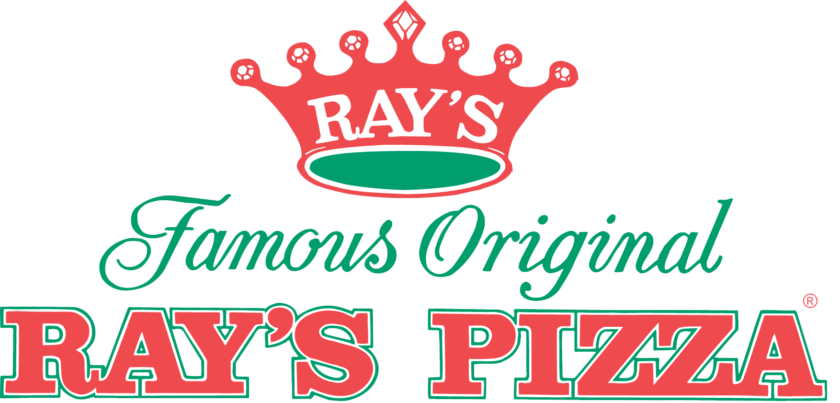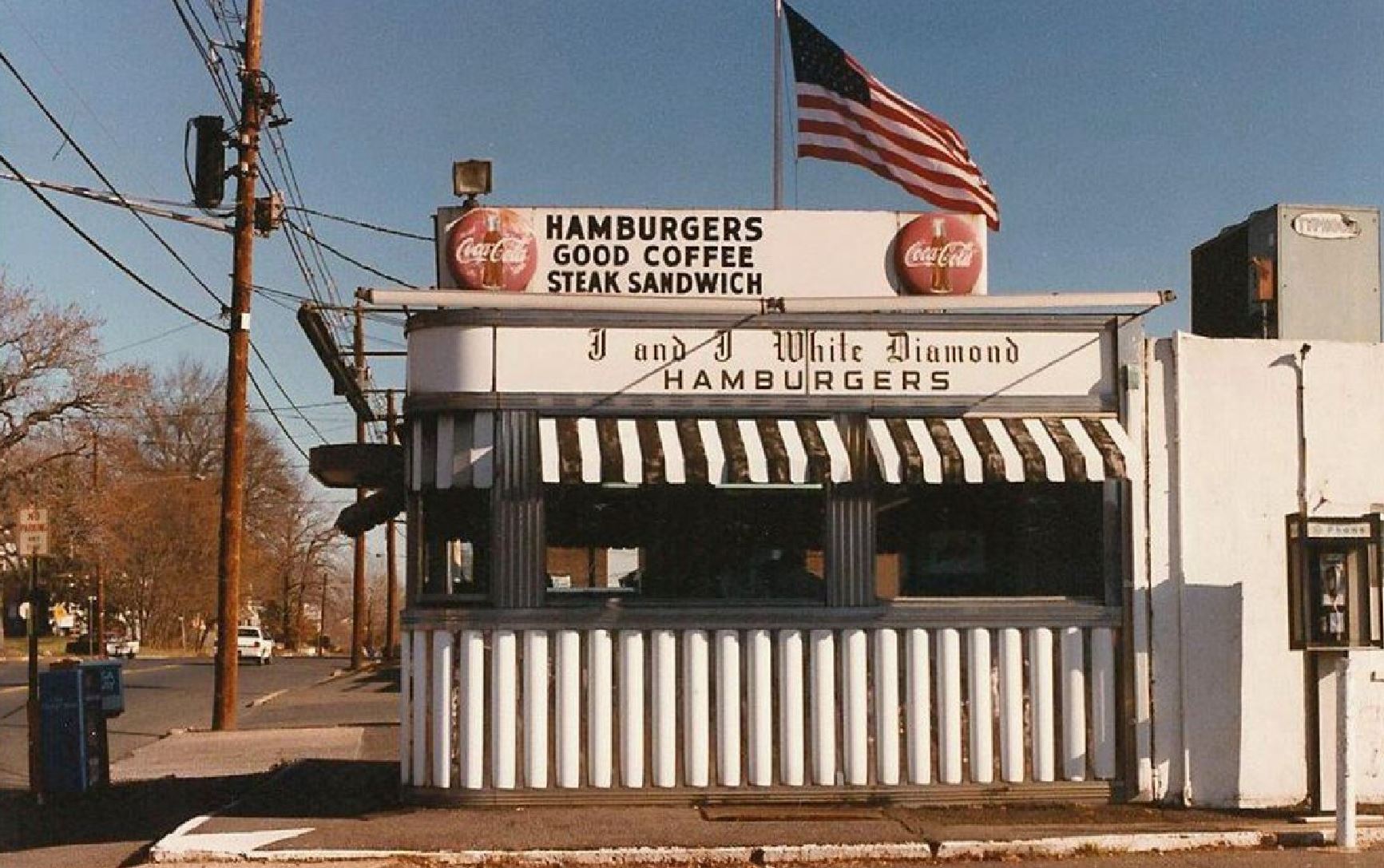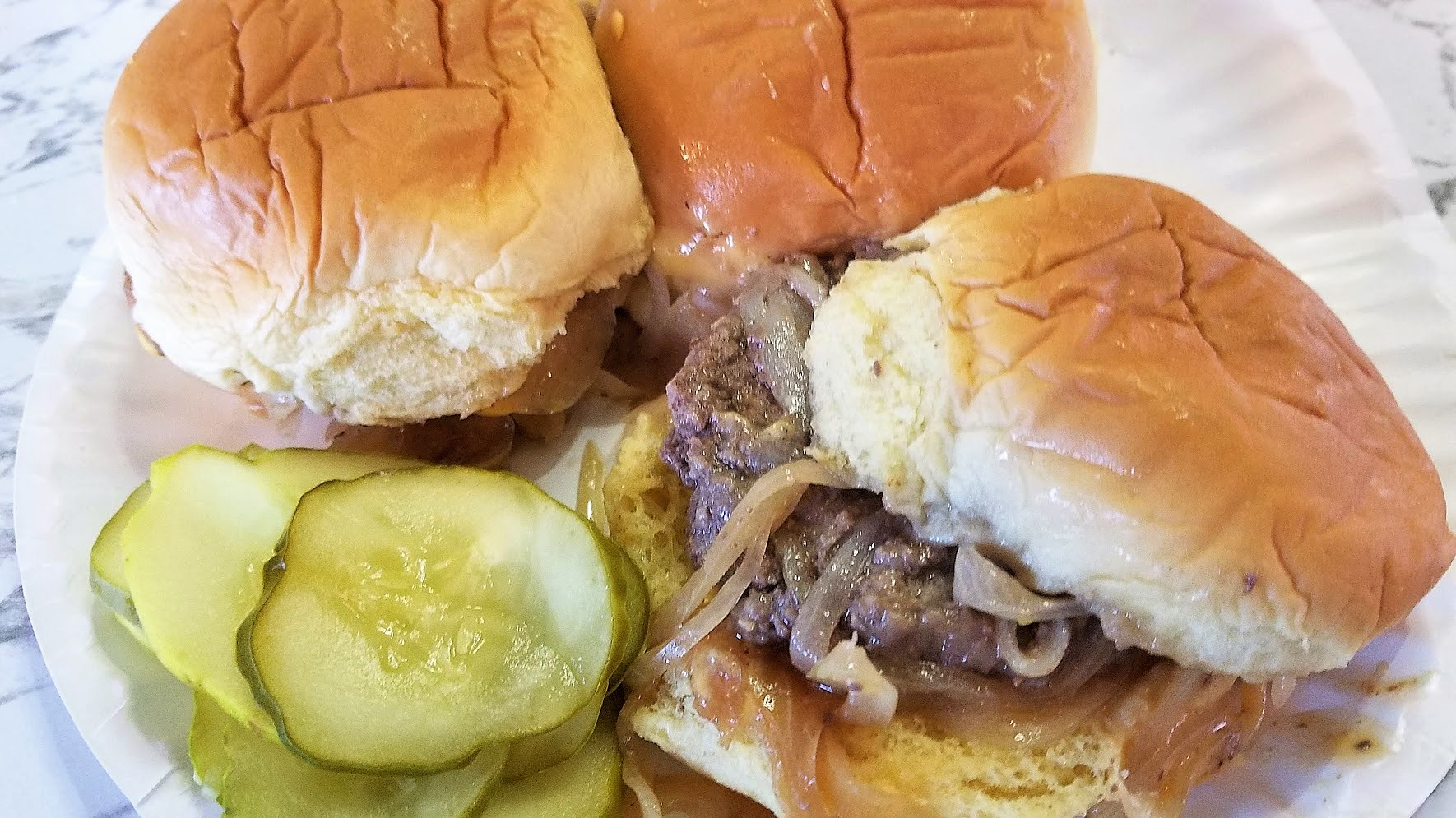How the mafia used pizzerias to become the largest heroin distributor in America using Sicilians, pizza, and a front for a cash only business. And Jersey was right in the middle of it.
Many people don’t know the story of what history has coined “the “The Pizza Connection.” I was shocked when one morning as I was researching another story with the TV on, one show rolled to the next on the Smithsonian Channel, and then I heard the words heroin and pizza in the same sentence. I dropped what I was doing and became fixated on the program.
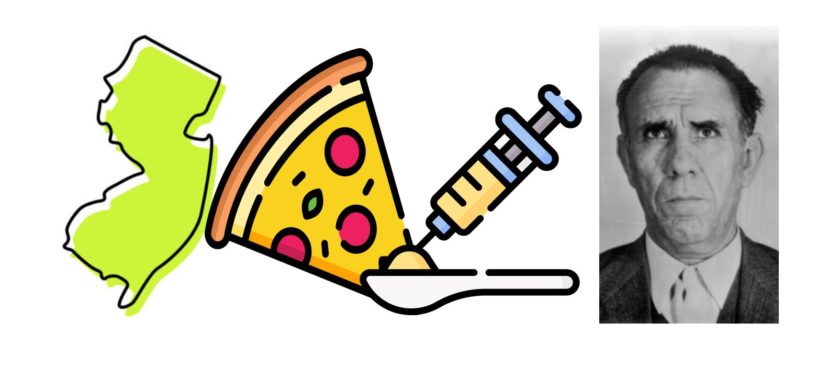
First off, there are plenty of articles on the web that you can research the details of “the Pizza Connection,’ so we’re not going to deep dive on the history but more so, we’re here to share the Jersey connection to this story.
Let’s start with what Wikipedia wrote about the Pizza Connection: The infamous Pizza Connection trial eventually revealed how the Sicilian Mafia imported more than $1.6 billion worth of heroin into the U.S. throughout the early 1980s was using seemingly normal pizza parlors across the country as wholesale distributors.
The Pizza Connection Trial (United States v. Badalamenti) was a criminal trial against the Sicilian and American mafias that took place before the United States District Court for the Southern District of New York in New York City, U.S. The trial centered on a number of independently owned pizza parlor fronts used to distribute drugs, which had imported US$1.65 billion of heroin from Southwest Asia to the United States between 1975 and 1984. The trial lasted from September 30, 1985, to March 2, 1987, ending with 18 convictions, with sentences handed down on June 22, 1987.Lasting about 17 months, it was the longest trial in the judicial history of the United States.
Wikipedia
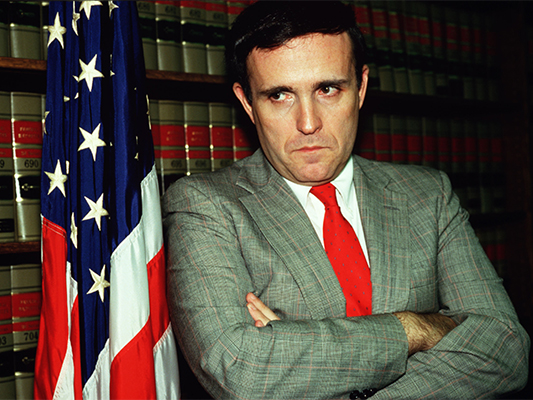
The trial had everything; mafia, murder, drugs, billions of dollars, global reach, espionage, and pizza! What was amazing is how long they got away with it while they destroyed the fabric of America with their deadly drugs. It was a story that flew below the radar and I as a Jersey resident was shocked when I heard the story 50 years after it happened.
Sicily’s Pizza Connection Heroin Boss – Gaetano Badalamenti
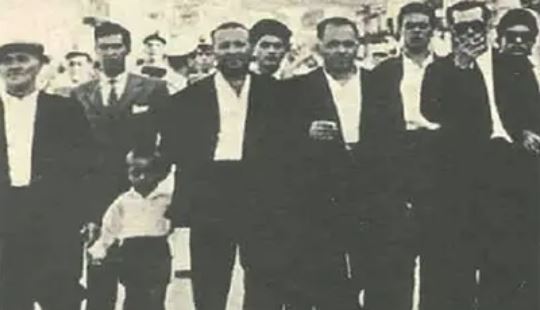
Gaetano Badalamenti (Italian pronunciation: [ɡaeˈtaːno badalaˈmenti]; was a powerful member of the Sicilian Mafia and what is now known as the world’s largest heroin smuggling operation that took place in pizza parlors across America but specificially centralized in New Jersey, New York, and Chicago. Along with Don Tano Badalamenti, the capofamiglia of his hometown Cinisi, Sicily, they headed the Sicilian Mafia Commission in the 1970s.The Mafia specifically built an airport to control the drug traffic between Palermo and the United States.
The origins of the Pizza Connection lay in the intrigue surrounding the murder of Carmine Galante. Paroled from prison in 1974 following a 12-year narcotics sentence, Galante proclaimed himself boss of the Bonanno family. Galante’s power lay in the Sicilian Mafiosi he had recruited (before going to prison) to help run the New York end of the Bonanno family’s multimillion-dollar heroin network.
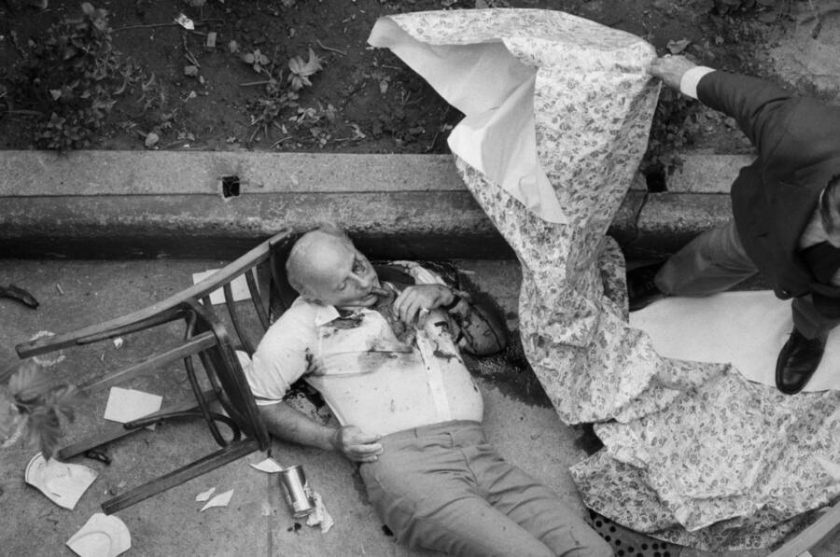
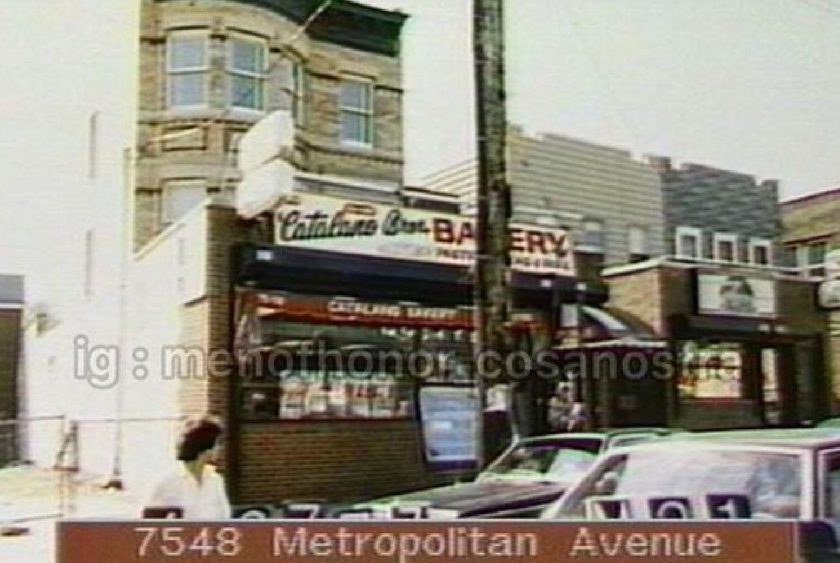
Jersey Connections – Gambino Jersey Connections
Living in Jersey, pizza is a staple food group. Every town has at least one pizza joint if not more. With Italian accents, I assumed they were Italians making great grandma’s secret sauce (gravy) for everything they prepared. But that wasn’t the only secret.
Badalament’s idea to distribute the drugs through U.S. east coast and mid-western pizzeria store fronts was the method that went undetected for over a decade. Heroin would be hidden in pizza ingredients like olive oil cans, San Marzano tomatoes. and cheese packaging and sent to the US pizzeria’s in New York, New Jersey, and Chicago which became the largest heroin distribution centers in America. So not only were the pizza shops used to distribute, they would also launder drug money. Heroin traveled from Palermo to the United States in all sorts of of other containers as well — in oranges, in cans of tuna, in diplomatic pouches, even under the gowns of nuns who were coming to collect money for their orphanages in Sicily.
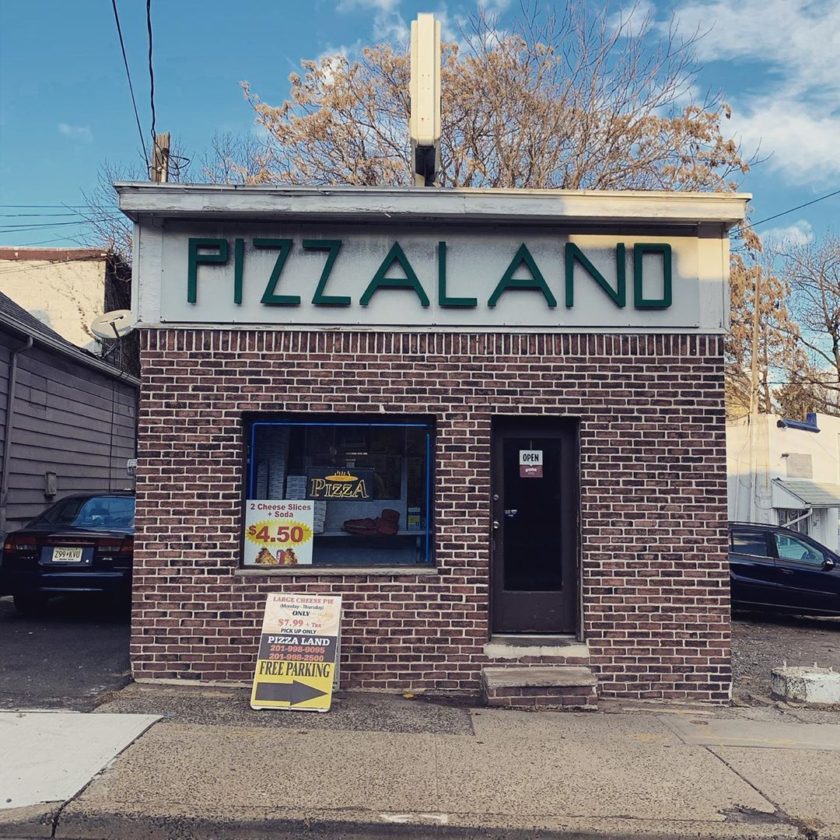
The Sicilian Connection flourished in Camden, Delran and Cherry Hill and over to Philadelphia. Rosario and Giuseppe Gambino, cousins of Carlo Gambino who connected a string of pizzerias in South Jersey and Philadelphia to the famed crime family connections in Sicily . It was stated that the Italian Connection took over from where the French Connection ended but was much larger. The “French Connection” case, for example, involved 44 kilos of heroin. The “Pizza Connection” distributed as much as one metric ton of heroin.
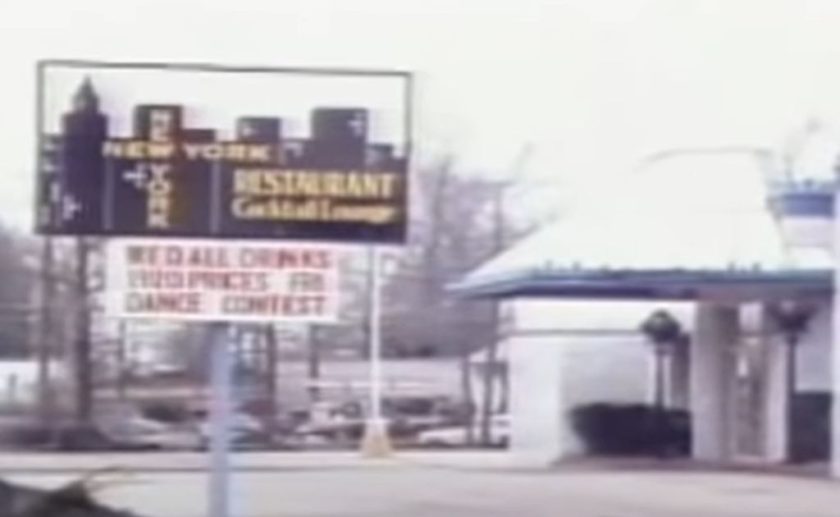
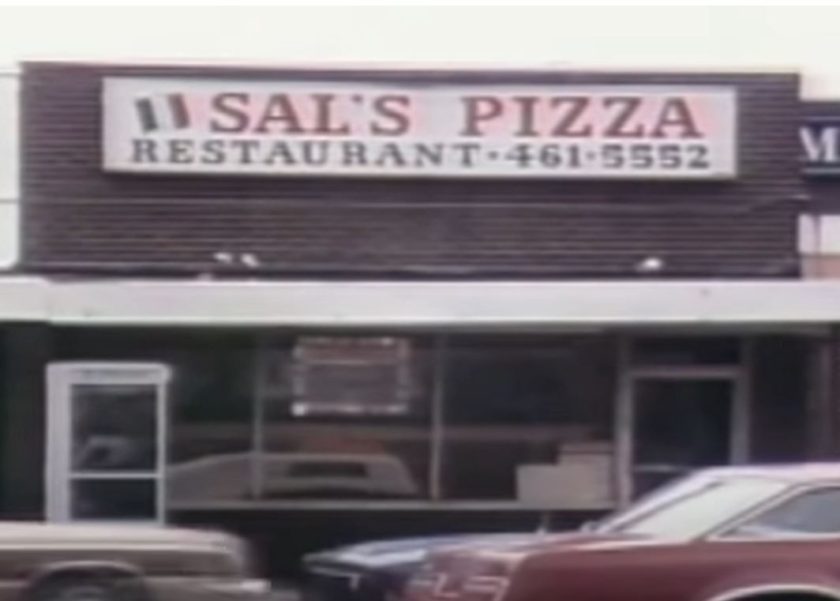
Salvatore “Toto” Catalano, the owner of Catalano Brothers Bakery in Queens and a major figure in the Bonanno Mafia family based in New York. Catalano served as Badalamenti’s primary nexus to the American Mafia and the leader of his U.S. crew, a group of Sicilian immigrants known as the “Zips.”
In New York, Federal authorities said that the Famous Original Ray’s Pizza on Third Avenue near 43d Street in NYC was actually the headquarters for a major drug ring. And in a new variation for the ever-changing international drug trade, the authorities said, the pizzeria gang didn’t just import cocaine from Colombia to feed New York City’s big appetite for drugs. It also used New York as a transit point to deliver drugs to three longstanding organized crime groups in Italy, where cocaine sells for three times what it costs in New York.
Undercover FBI agent Joe Pistone, who had infiltrated the Bonanno crime family in 1976, delivered crucial intelligence that helped set the case in motion. Over time, the investigation snowballed into a massive multi-agency and multi-national effort, with key contributions coming from the New York Police Department, New Jersey State Police, the Drug Enforcement Administration (DEA), U.S. Customs, and international authorities (including FBI international legal attaché offices) in Italy, Sicily, Spain, Switzerland, Turkey, Brazil, Canada, Great Britain, Germany, and Mexico.
Many people remember Joe Pistone in the 1997 film Donnie Brasco, who was a key undercover FBI informant that laid the groundwork for the Pizza Connection trial and eventual convictions. To prepare for his role, Johnny Depp met with the actual Joseph D. Pistone several times and took shooting lessons from the FBI. FBI agent Joseph D. Pistone, infiltrated the Bonanno crime family between 1976 and 1981 using the alias “Donnie Brasco.” Now that was a good movie!
The Pennsylvania authorities indicted pizza locations in 54 Pennsylvania cities and towns estimating that more than $20-million in annual cash income is skimmed by Organized Crime controlled pizza shops in southeastern Pennsylvania.
Final Thoughts
Now think back. How many pizza joints do you remember that were CASH ONLY? All cash businesses – hmmmmm. Pizza strongholds were in Jersey, New York City, and Chicago. Hmmmmm, was it because of the sheer love of pizza or was it this Pizza Heroin connection? I’d have to admit, it’s probably a bit of both. But it all makes sense……Sicilian employees, all cash businesses, and all imported ingredients…….I never knew about the Pizza Connection until now. Now your know.
In 1987, he was sentenced in the United States to 45 years in federal prison for being the “Pizza Connection” kingpin.
On April 29, 2004, Badalamenti died from heart failure, at the age of 80, at the Devens Federal Medical Center in Ayer, Massachusetts.
Additional NJ Foodie History
See all our foodie Jersey history stories – Click Here
